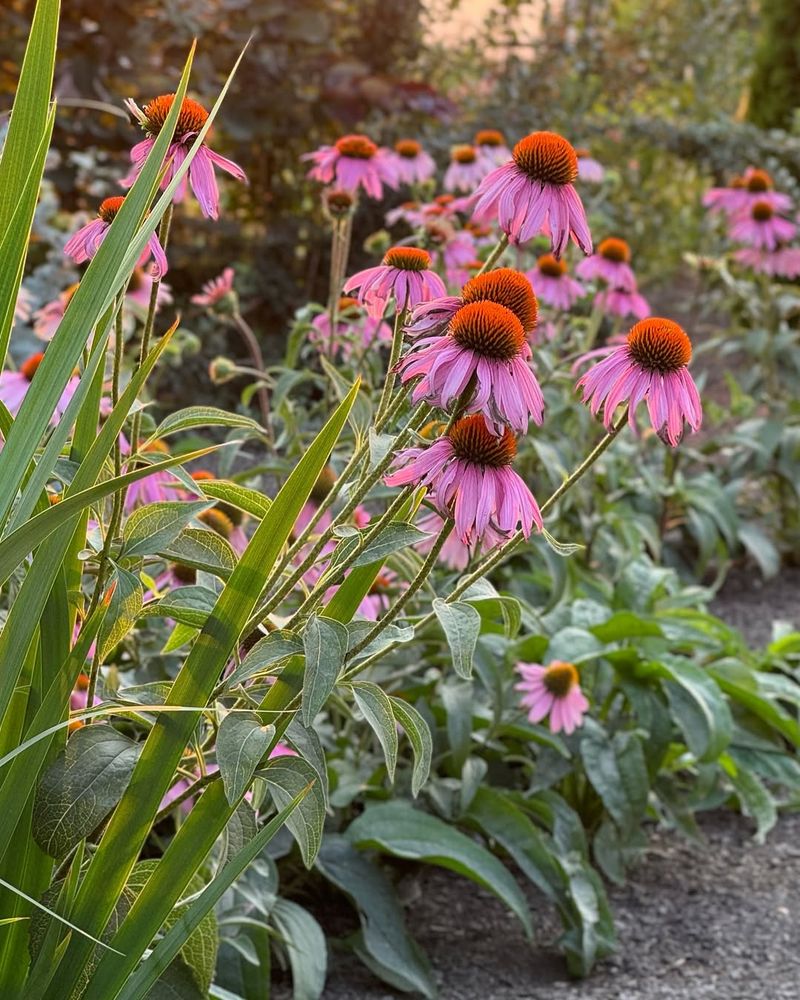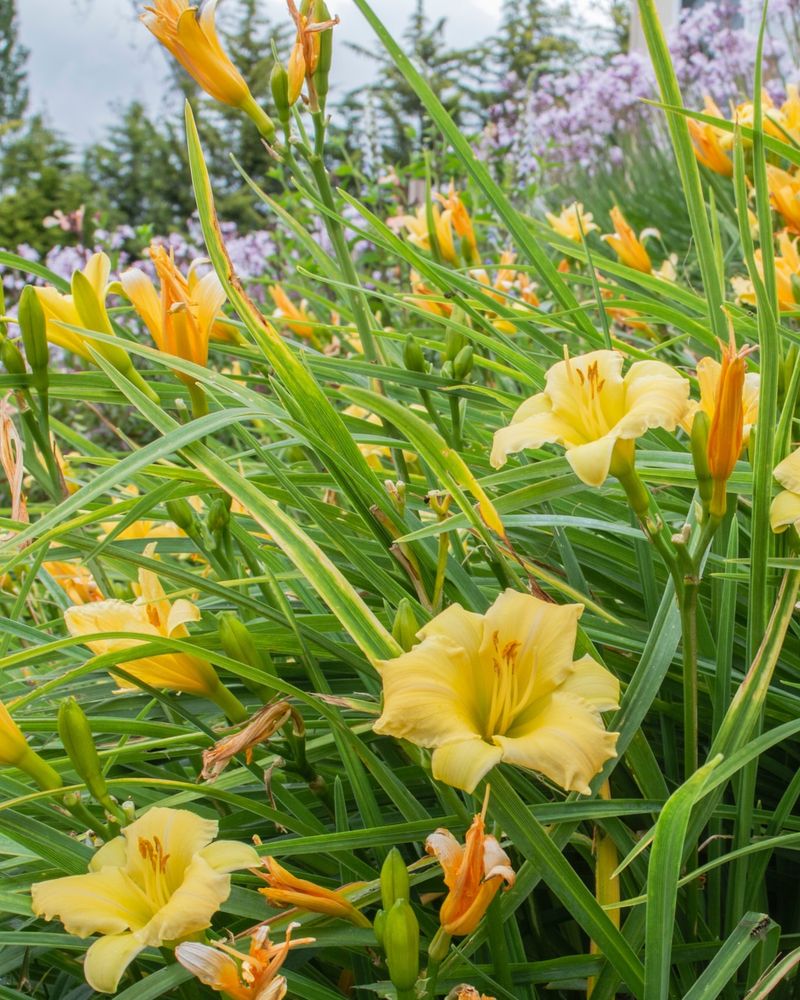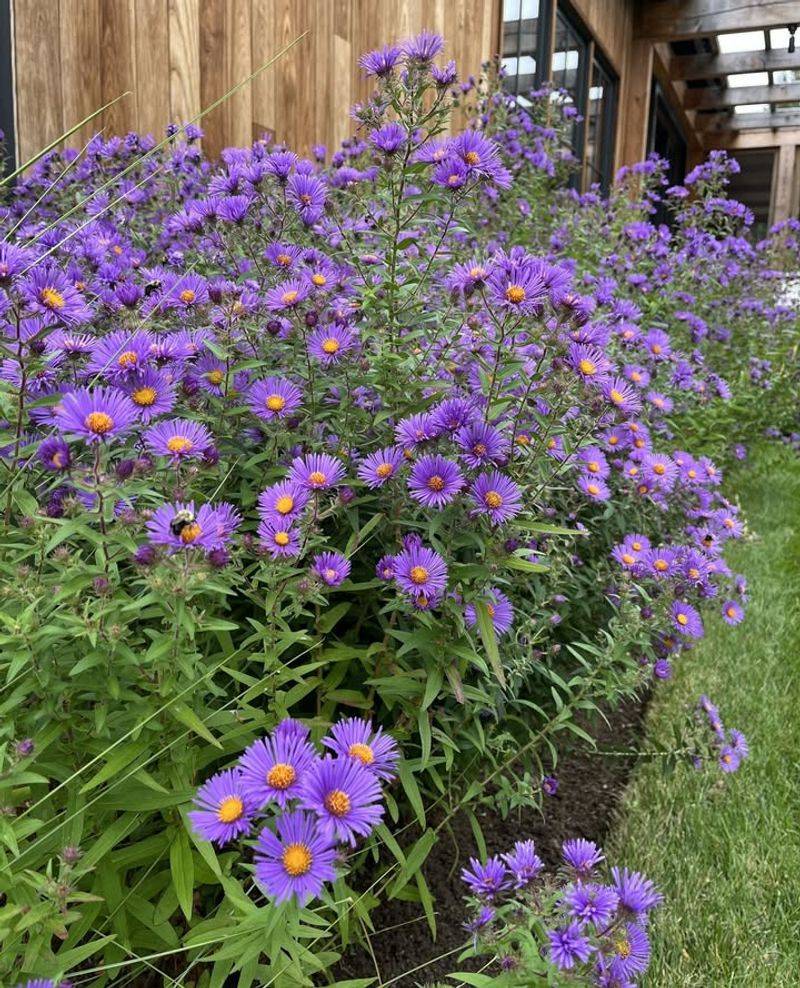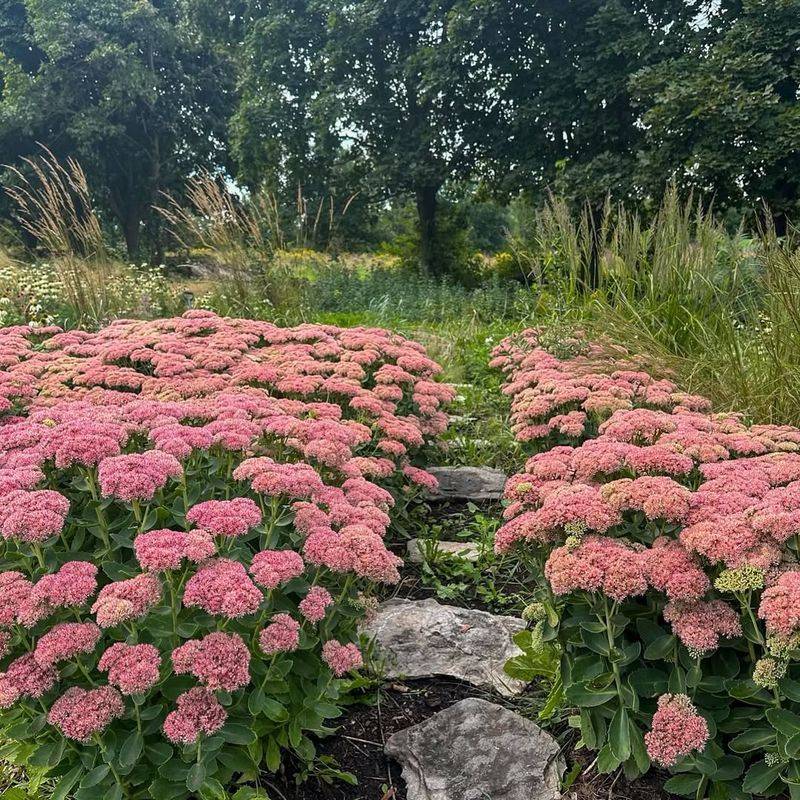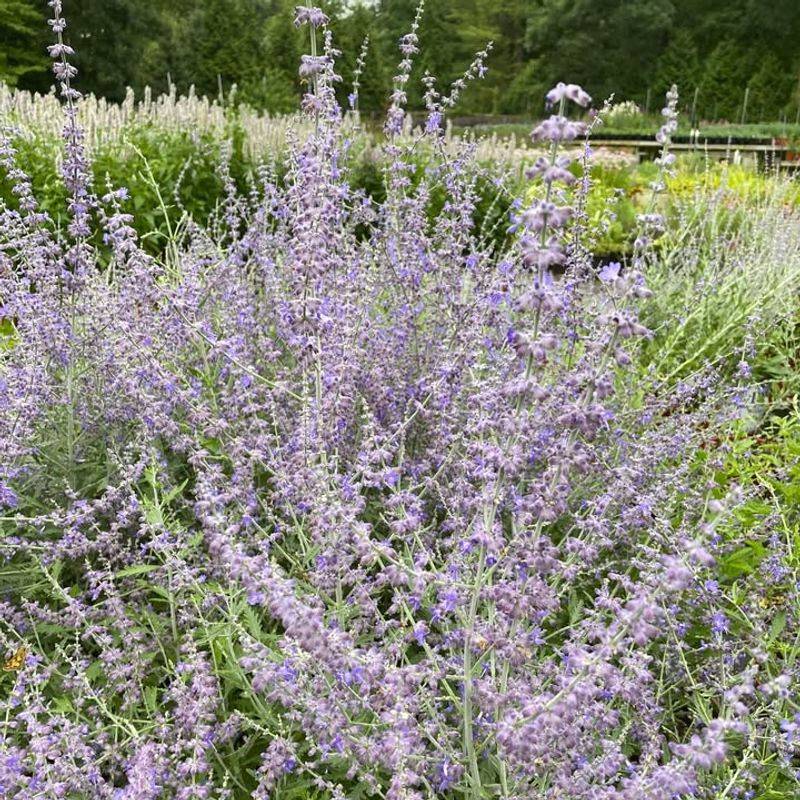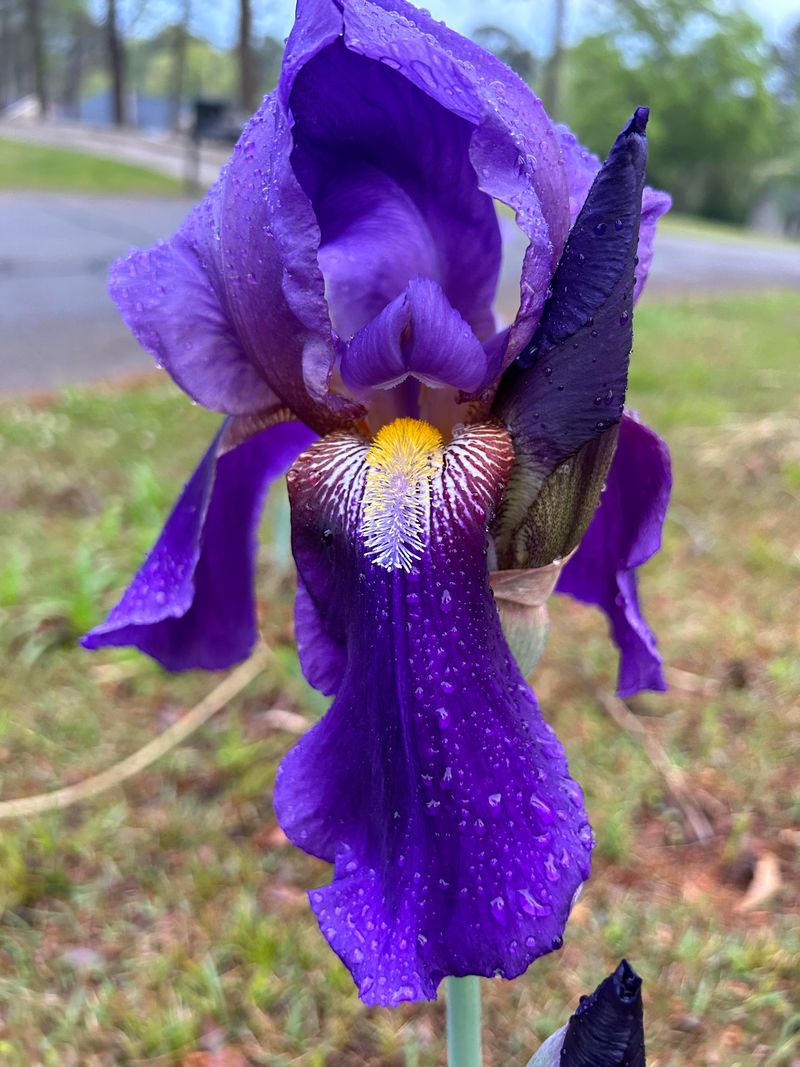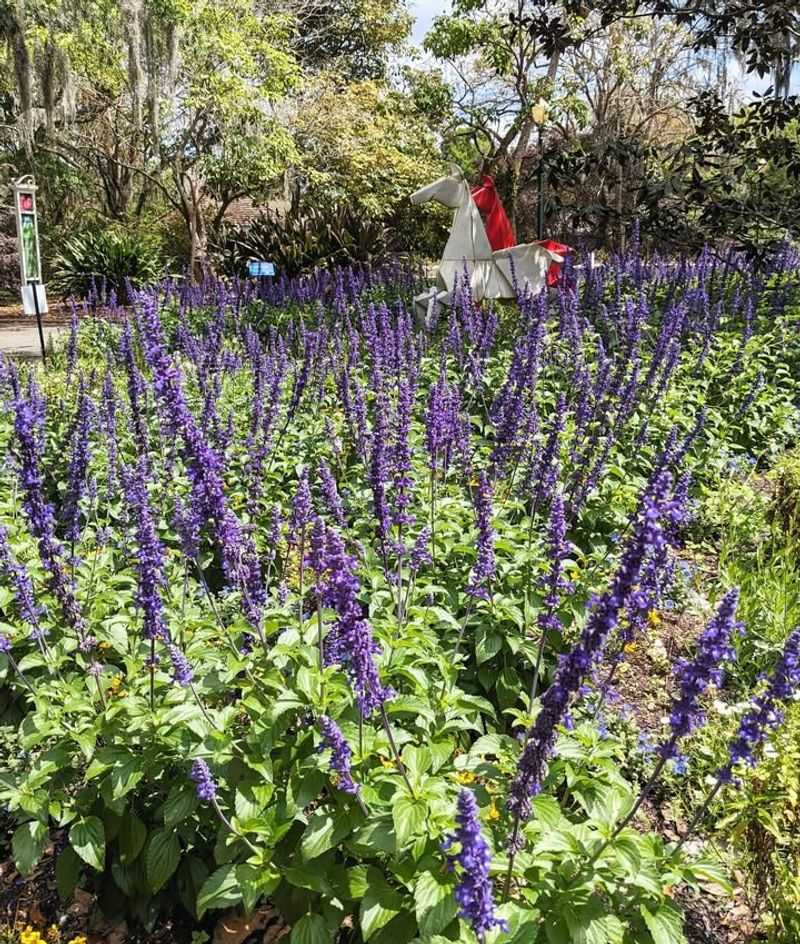Missouri’s heavy clay soil can be a nightmare for picky plants, but certain flowers seem to love the challenge. I’ve planted a few that pushed through without a single complaint.
They fill out beds that usually stay empty from frustration. Choosing the right ones turns stubborn soil into something you can actually work with.
1. Black-Eyed Susan
Bright golden petals surrounding dark chocolate centers make this wildflower a Missouri favorite. Black-Eyed Susans handle clay soil like champions, spreading cheerful color from summer through fall.
Pollinators absolutely adore visiting these blooms, bringing butterflies and bees to your garden daily. Once established in Missouri yards, they need minimal watering and practically take care of themselves.
Plant them in sunny spots where their sturdy stems can reach two to three feet tall, creating natural borders that return year after year with increasing beauty.
2. Coneflower
With spiky centers that resemble little hedgehogs, coneflowers bring architectural interest to any Missouri landscape. Their tough roots push through dense clay without complaint, establishing strong plants that last for decades.
Gardeners across Missouri appreciate how drought-tolerant these beauties become once their roots settle in. Pink, purple, white, and even orange varieties offer endless color combinations for your beds.
Deadheading spent blooms encourages more flowers, but leaving some seed heads provides winter food for goldfinches and other songbirds visiting your yard.
3. Daylily
Each trumpet-shaped bloom lasts just one day, but plants produce so many buds that fresh flowers open continuously for weeks. Daylilies muscle through clay soil better than almost any other perennial, making them foolproof for Missouri gardens.
Available in nearly every color except true blue, these adaptable plants tolerate both wet springs and dry summers common throughout the state.
Divide overgrown clumps every few years to share with neighbors or expand your collection into different areas of your landscape.
4. Aster
When most flowers call it quits for the season, asters burst into action with clouds of star-shaped blooms. Missouri gardeners rely on these late-season performers to keep color going strong through autumn.
Clay soil actually helps asters stay anchored during fall winds that might topple other tall plants. Their daisy-like flowers attract migrating monarch butterflies preparing for their long journey south.
Pinch back stems in early summer to encourage bushier growth and prevent that leggy, floppy appearance some varieties develop.
5. Bee Balm
Hummingbirds zoom straight to these shaggy, tubular flowers like tiny feathered missiles seeking nectar. Bee balm’s aromatic leaves release a minty fragrance when brushed, adding sensory delight to Missouri gardens.
While it prefers moisture, bee balm adapts surprisingly well to clay soil that holds water during rainy periods. Red, pink, purple, and white varieties offer options for every color scheme.
Watch for powdery mildew on leaves during humid Missouri summers, but newer resistant varieties handle humidity much better than older types.
6. Sedum
Fleshy, water-storing leaves help sedum laugh at Missouri’s unpredictable weather patterns. Flat-topped flower clusters emerge pale green, gradually deepening to pink and finally rusty red as temperatures cool.
Clay soil poses zero problems for these tough-as-nails plants that actually prefer lean conditions over rich, amended earth. Butterflies cover the blooms in September and October when other nectar sources become scarce.
Cut back dead stems in early spring rather than fall, since dried flower heads provide winter interest and shelter for beneficial insects.
7. Russian Sage
Clouds of tiny lavender-blue flowers float above silvery foliage like purple mist throughout Missouri summers. Russian sage’s deep taproots penetrate clay soil easily, seeking moisture far below the surface.
Once established in your Missouri landscape, this plant becomes incredibly drought-resistant and carefree. Its aromatic leaves deter deer and rabbits while attracting countless bees and beneficial insects.
Cut the entire plant back to about six inches in early spring before new growth emerges, encouraging compact, bushy growth instead of sprawling stems.
8. Iris
Sword-like leaves emerge early in Missouri springs, followed by spectacular blooms in every imaginable color combination. Bearded irises actually appreciate clay soil’s moisture-holding properties, though they dislike being waterlogged.
Plant rhizomes shallow with their tops exposed to sunlight, which helps prevent rot in heavy soils. After blooming finishes, the upright foliage provides vertical structure throughout summer.
Divide crowded clumps in late summer when plants finish their dormant period, replanting only the healthiest rhizomes with good root systems attached.
9. Salvia
Vertical flower spikes in brilliant blues, purples, and reds create dramatic statements in Missouri landscapes. Salvia’s sturdy stems push through clay without assistance, establishing vigorous plants that bloom repeatedly when deadheaded.
Hummingbirds and butterflies visit these tubular flowers constantly from late spring through frost. Many varieties release pleasant fragrances when leaves are touched or crushed.
Cut back spent flower stalks to encourage fresh waves of blooms, extending the flowering season well into fall across Missouri gardens and borders.
10. Yarrow
Flat-topped flower clusters resembling tiny landing pads sit atop sturdy stems throughout Missouri summers. Yarrow’s feathery foliage adds delicate texture while its aggressive roots conquer clay soil with determination.
Available in shades of yellow, white, pink, and red, these flowers dry beautifully for long-lasting arrangements. Once settled into Missouri gardens, yarrow tolerates neglect better than most perennials.
Divide plants every few years to control their enthusiastic spreading habit, or let them naturalize in informal areas where their colonies create drifts of color.



